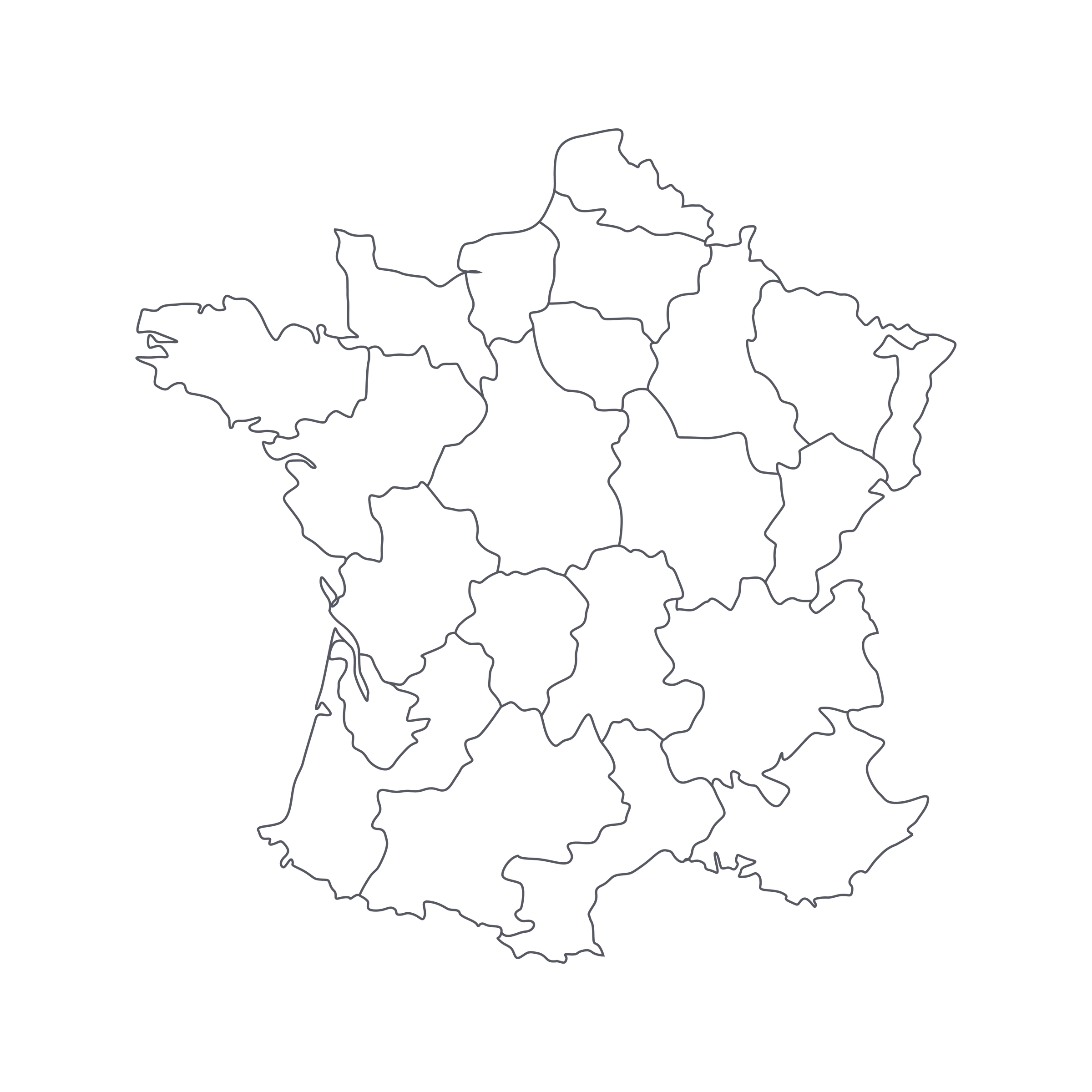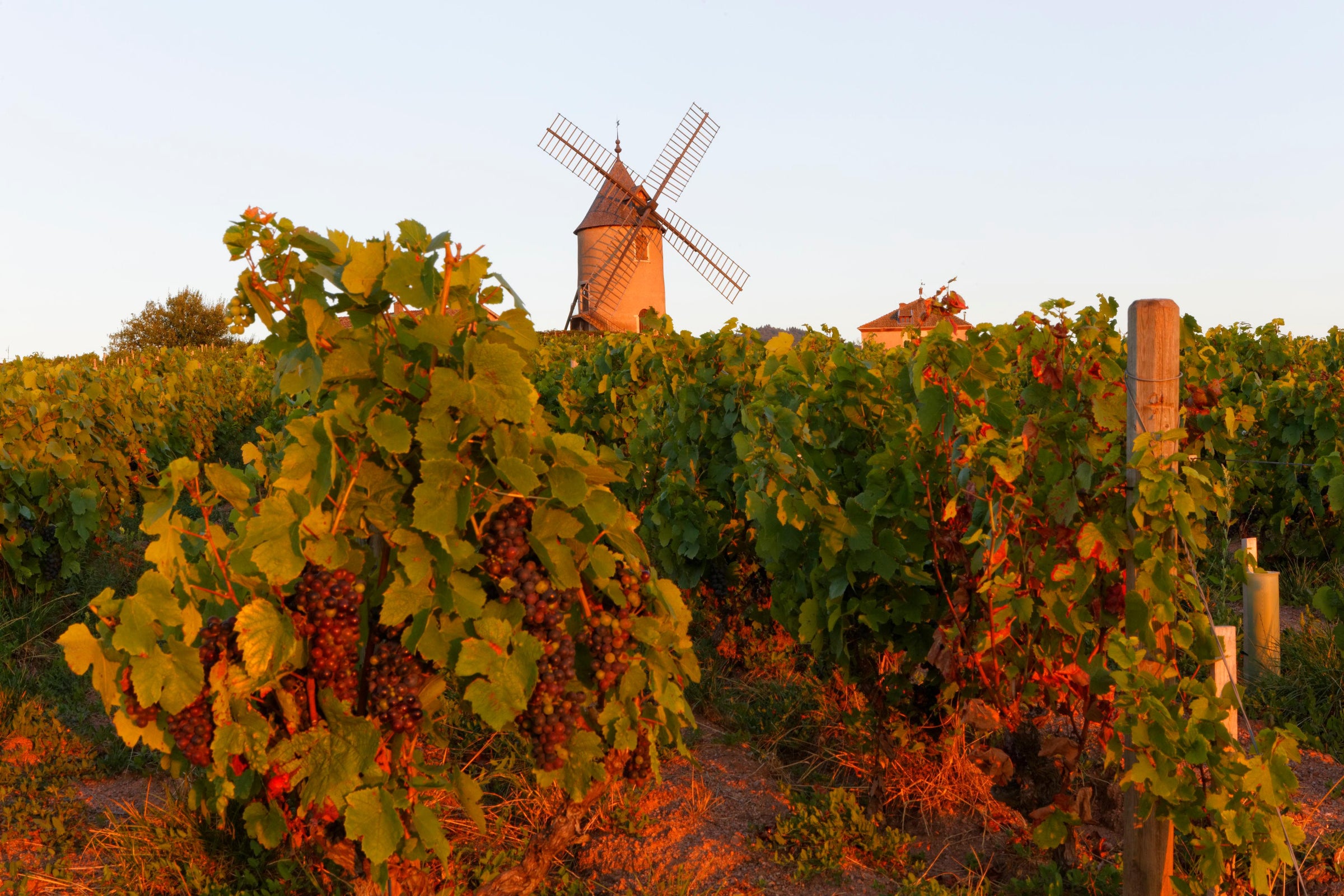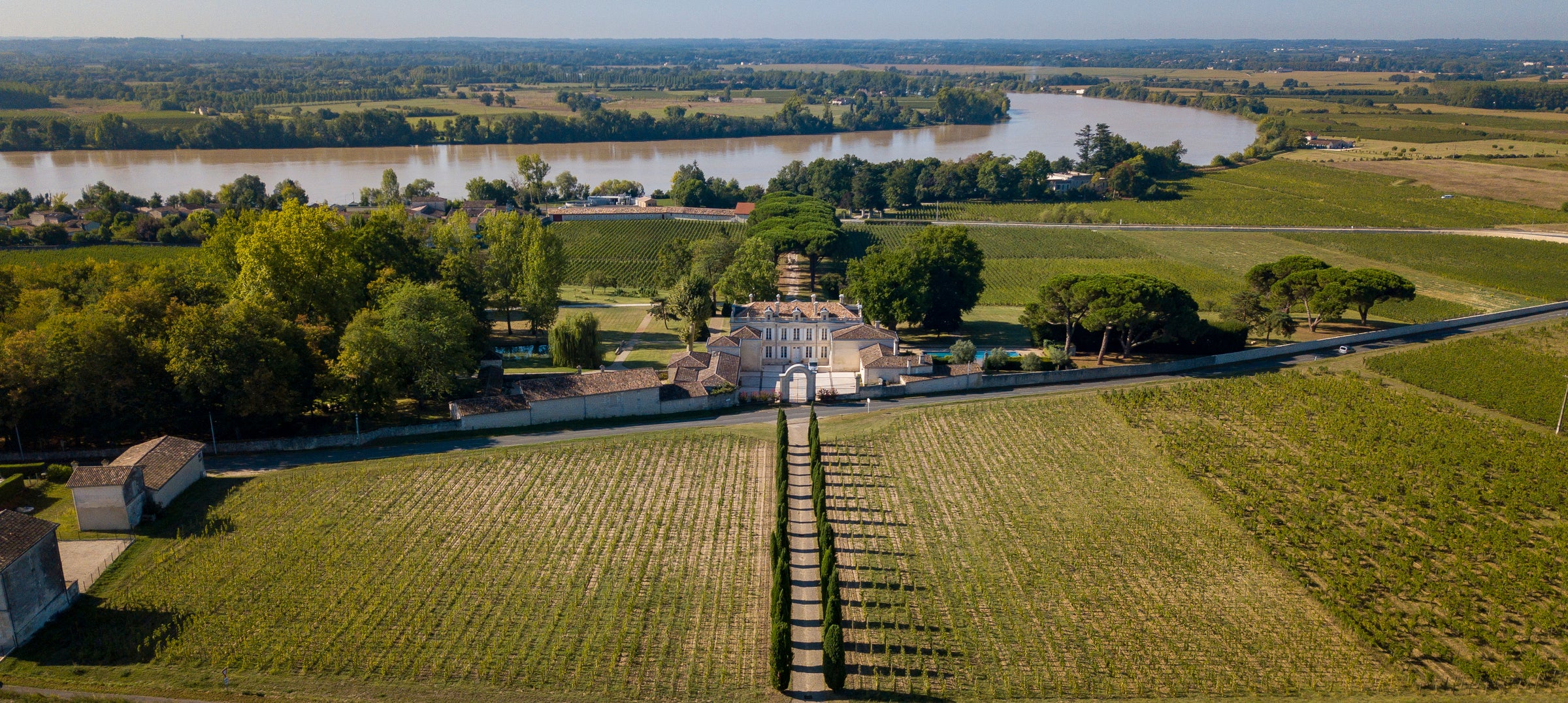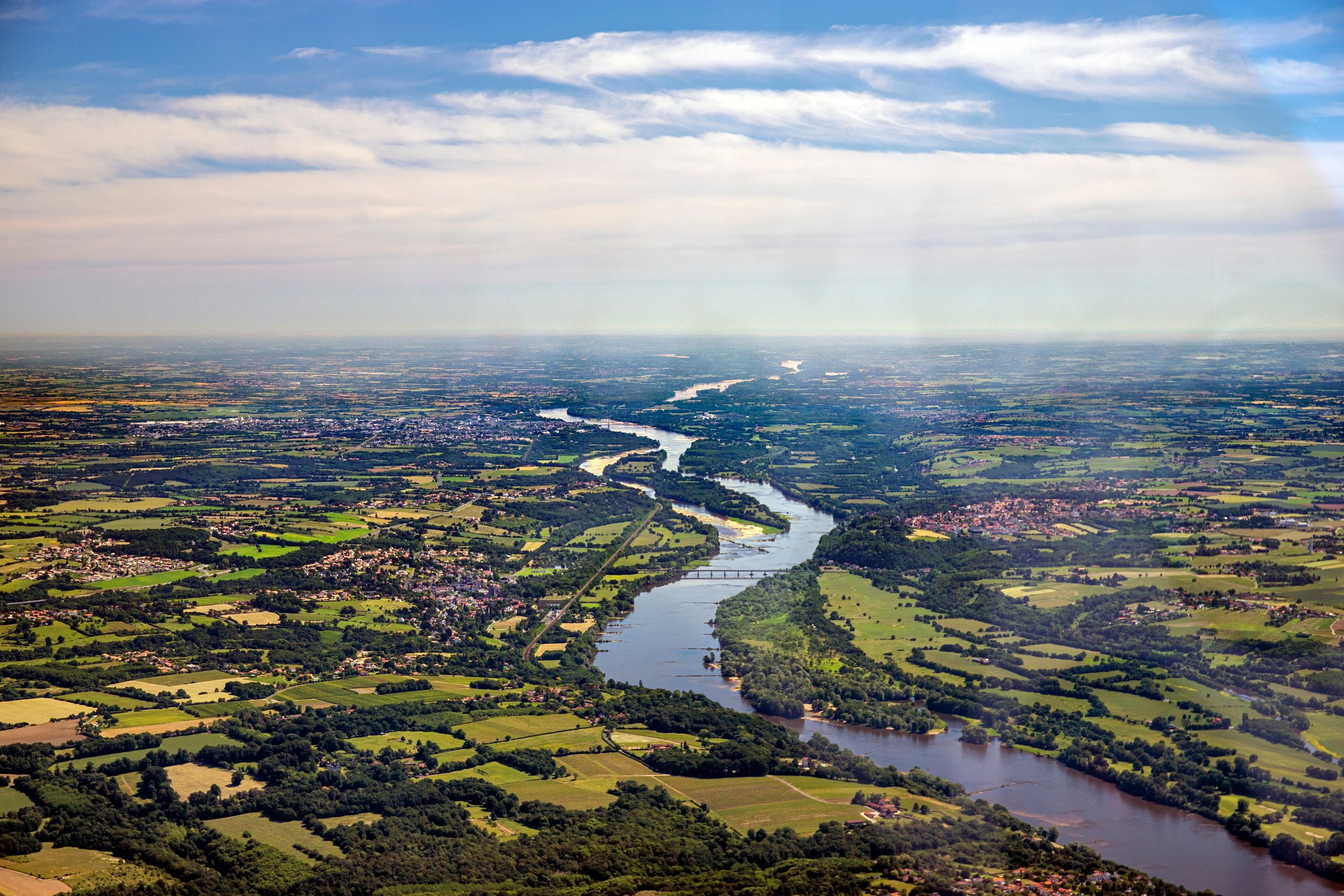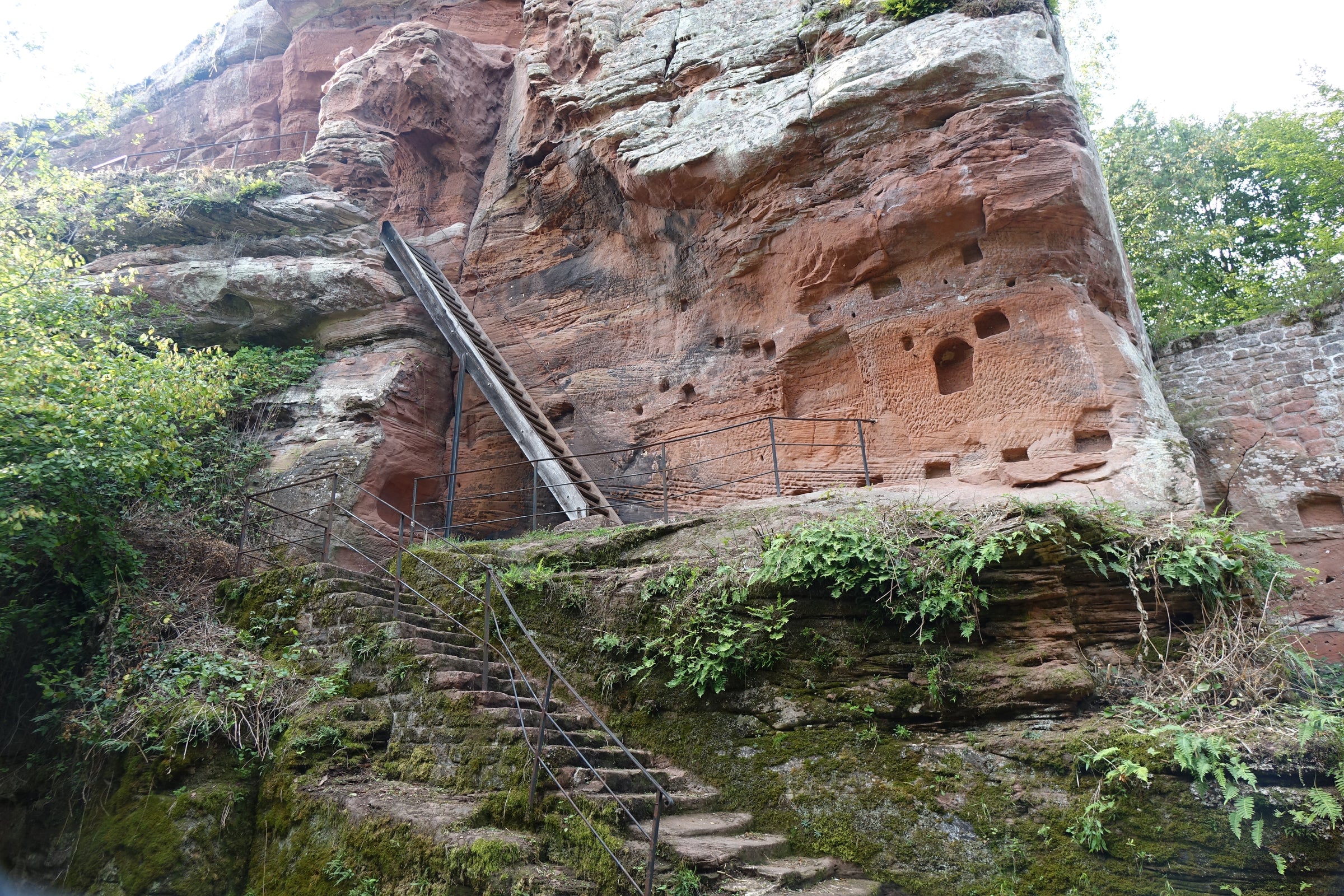We talk a lot about long-aged Bordeaux and Barolo on this site, but have you ever experienced a truly exquisite and mature red from “crus” like Fleurie or Moulin-à-Vent in southern Burgundy’s Beaujolais region? There are very few examples of more “serious,” built-to-age reds from these villages, fewer still that make it into the US market.
Still, a small cadre of elite producers have a long history of crafting longer-macerated, barrel-aged reds that demand further aging before they properly express their true glory and Burgundian terroir. I’m talking about respected names like Alain Coudert of Clos de la Roilette and the wizard behind today’s ridiculous, cellar-worthy value, Pascal Granger. For the equivalent quality, maturity and site-specific terroir in the nearby Côte de Beaune or Northern Rhône, you’d easily spend two to three times this wine’s extremely modest price. But today, $24 gets you a perfectly mature and ready-to-drink Moulin-à-Vent from one of the region’s most historic and talented vignerons. This is an incredible deal, but sadly we only have a small allocation arriving next week (and shipping April 8th from our warehouse); Grab some before it disappears!
Pascal Granger’s farmstead and vineyards are located in and around the hamlet of Les Poupets in the village of Juliénas. The Granger family has farmed these same vineyards for going on three centuries, dating back to the Napoleonic era, with parcels continually being passed down across multiple generations of Granger fathers and sons. Today’s irrepressibly delicious Moulin-à-Vent “Les Chassignols” comes from a microscopic, half-hectare parcel of 50- to 70-year-old Gamay vines planted on granite. Fruit is hand-harvested before approximately 30% is left to ferment in whole clusters while the remainder is destemmed. Fermentation at Granger occurs in cement vats and can extend upwards of 3 weeks. By Moulin-à-Vent standards, this is an eternity, and a significant contributing factor to the robustness, depth, and impressive structure of today’s wine. Following fermentation, the wine was racked into neutral oak demi-muids and foudre (both larger vessels) for six months of aging, before an additional period of bottle aging before release.
Before enjoying your first glass of the 2013 “Les Chassignols,” clear your mind of any anti-Beaujolais prejudices or preconceptions. This is an exceptional, terroir-driven, perfectly cellared red that deserves your attention. After pouring swiftly and roughly into a decanter, serve this wine in large Burgundy stems at 60 degrees. Your first sip will be met by a blast of dark cherry and red berry fruit, but fresh violets and roses, quickly follow. The real fireworks begin after this bottle has enjoyed 15-20 minutes of air: that’s when the exotic spice notes, gingerbread, leather, and true granite characteristics start to shine. In short, this is a phenomenal and thoroughly satisfying red that belongs in the glass and cellar of any Burgundy or classic French wine enthusiast. It’s undeniably delicious and still has life ahead of it, so don’t hesitate to lay a few bottles down for future enjoyment. I encourage you to enjoy it as I did last night: alongside a medium rare-grilled lamb burger dressed with caramelized shallots, melted gruyère, and a dollop of homemade garlic aioli. This dish and this wine belong together!


